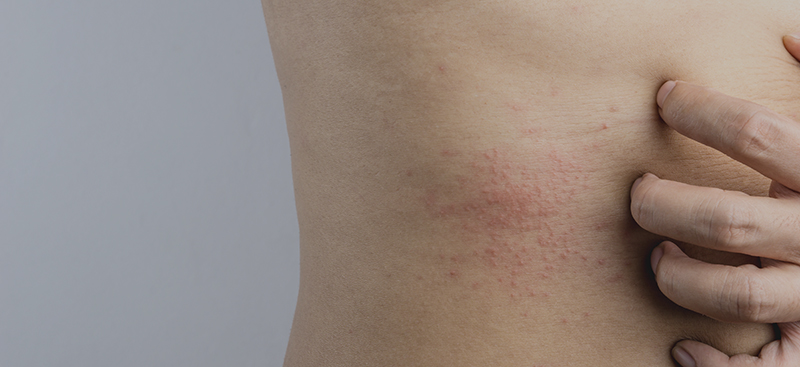
Kocatürk E, Podder I, Zenclussen AC, Kasperska Zajac A, Elieh-Ali-Komi D, Church MK, Maurer M
Front Allergy. 2022 Jul 7;3:892673. doi: 10.3389/falgy.2022.892673. eCollection 2022.
More women than men suffer from chronic urticaria, and they are mostly affected in their reproductive age, including pregnancy. Sex hormones affect mast cell biology and the hormonal changes that occur in pregnancy modulate inflammatory conditions such as chronic urticaria.
Pregnancy-related changes in the immune system, involving local adaptation of innate and adaptive immune responses and skewing of adaptive immunity toward a Th2/Treg profile were found to be related to changes in inflammatory diseases. The PREG-CU study provided the first insights on the effect of pregnancy on chronic urticaria, the outcomes of pregnancy in pregnant women with chronic urticaria and safety of urticaria medications and revealed that chronic urticaria improves during pregnancy in half of pregnant women, whereas it worsens in one-third. Also, two of five pregnant women with chronic urticaria experience flare-ups during pregnancy.
The international EAACI/GALEN/EuroGuiDerm/APAAACI guideline for urticaria recommends the same management strategy in pregnant and lactating women with chronic urticaria: start with standard doses of second-generation (non-sedative) H1 antihistamines and increase the dose up to 4-folds in case of no response. Antihistamine-refractory patients should be given omalizumab.
The PREG-CU study assessed treatments and their outcomes during pregnancy: H1 antihistamines, montelukast, omalizumab, cyclosporine-A and systemic steroids, however there isn’t still enough information on the management of chronic urticaria during pregnancy.











